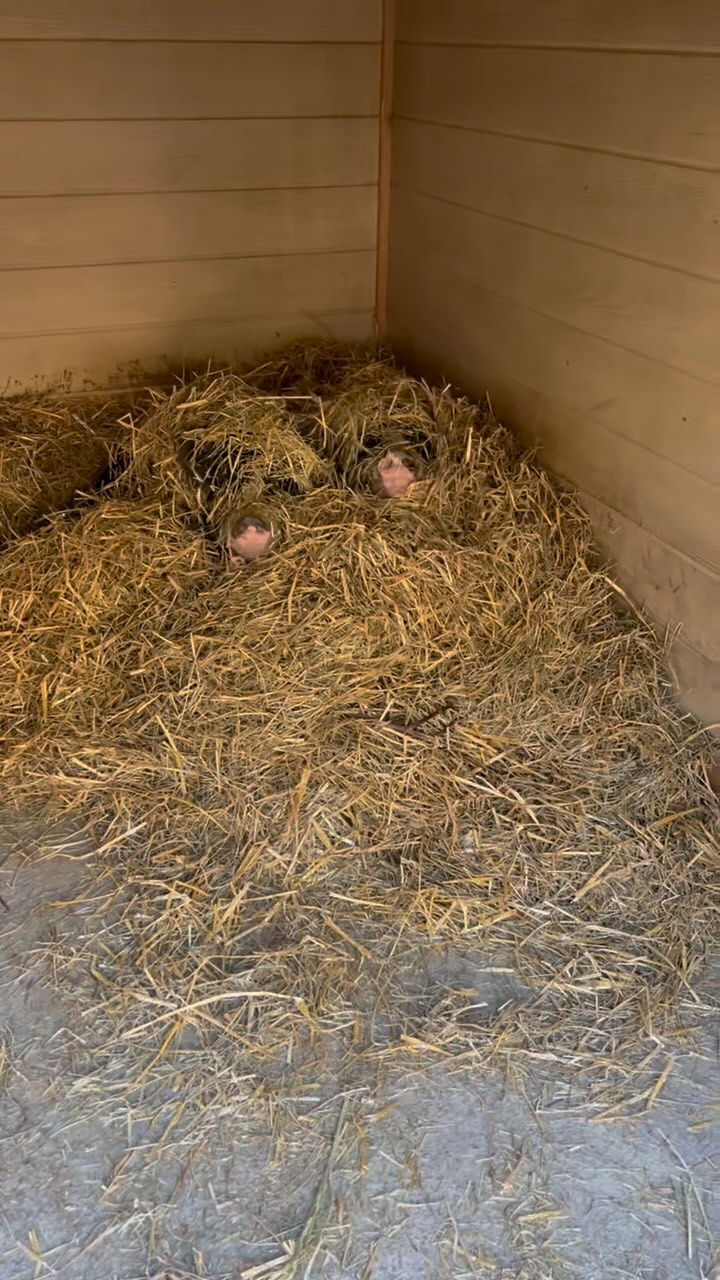- Exploring the significance of HAY, it’s 2025! in zoological conservation and education.
- The role of zoos and museums in promoting wildlife conservation efforts and biodiversity awareness.
- How innovative strategies and technologies are shaping the future of zoos and conservation programs.
- The importance of animal care and welfare in modern zoological organizations.
- The impact of public engagement and educational programs on conservation efforts.
The closing of the Museum on January 1 provides a moment to ponder the role of zoos and museums in the broader context of wildlife conservation. In 2025, these institutions continue to evolve, becoming more than mere attractions. They are critical educational resources and catalysts for conservation efforts worldwide.
HAY, it’s 2025! represents a pivotal year for zoological conservation initiatives. This milestone marks a significant shift towards integrating advanced technologies with traditional conservation methods. These evolving strategies are critical in safeguarding biodiversity and promoting sustainable interactions between humans and wildlife.
One of the primary goals of modern zoos is to enhance the public’s understanding of biodiversity and the threats it faces. Through well-crafted educational programs, zoos offer insights into species survival needs, their habitats, and the ecosystems they inhabit. This knowledge is crucial in fostering a conservation-minded society that recognizes the need to safeguard our natural world. By showcasing species not seen daily, zoos can highlight the importance of preserving even the most obscure forms of life.
Furthermore, museums and zoos have embraced innovative techniques to improve their conservation efforts. Technological advancements, such as genetic research and captive breeding programs, have fortified the capabilities of these organizations. Genetic diversification efforts are crucial in maintaining healthy animal populations within zoos and can pave the way for repopulation initiatives in the wild. By prioritizing genetic health, zoos enhance the survivability of endangered species, thus playing a vital role in biodiversity preservation.
Animal care within zoological facilities is of paramount importance today. Veterinary practices, nutrition, and psychological enrichment have evolved significantly, ensuring animals enjoy a high quality of life. The methodologies in animal care are continually refined to mirror the latest scientific findings, ensuring health and longevity. Institutions like the museum referenced earlier are at the forefront of these conservation practices, setting standards for animal welfare across the globe.
Public engagement remains a cornerstone of conservation efforts. Zoos and museums incorporate interactive exhibits and digital experiences to educate their visitors. These institutions curate content, aiming to captivate an audience ranging from casual visitors to avid conservationists. The goal is to provide a memorable experience that resonates, driving home the significance of individual contributions to conservation.
The participation of zoos and museums in worldwide conservation projects can also catalyze broader awareness. By collaborating with other global conservation entities, they can extend their reach and influence. These partnerships allow for a sharing of knowledge that enhances conservation techniques and promotes sustainability on a global scale.
As we advance through 2025, it is essential to acknowledge how these institutions adapt to meet the growing challenges faced by wildlife. They continue to play a pivotal role in nurturing an appreciation for our planet’s rich biodiversity while actively working towards reversing the trends threatening many species. Through education, advanced technology, and a commitment to animal welfare, zoos and museums serve as beacons of hope in the conservation landscape.
A visit to a zoo or museum offers a window into the animal kingdom that otherwise might remain closed. Walking through an exhibit, visitors find themselves immersed in lifesized dioramas of natural habitats. They witness species both familiar and exotic, understanding their integral place within the circle of life. Such interactions offer a profound perspective on the interconnectedness of all living beings.
Financial support and donations from the public enable these institutions to push the envelope in conservation research and technology. In supporting zoos, we are investing in the future of biodiversity. This contribution ensures that these significant educational and conservation efforts continue.
In the end, zoos and museums embody the nexus between knowledge, appreciation, and action—critical ingredients for successful conservation. As we navigate through HAY, it’s 2025!, these institutions’ dedication to scientific research, public education, and species preservation remains unwavering. Their mission is clear: to inspire generations to value and protect the natural world, ensuring that the diversity of life on our planet thrives well into the future.
*****
Source Description
HAY, it’s 2025! 🐷
The Museum is closed today, January 1, but we’re looking forward to sharing more adventures, experiences, and memories with you this year. Regular hours resume Thursday, January 2!
📹: Animal Care Nicole


